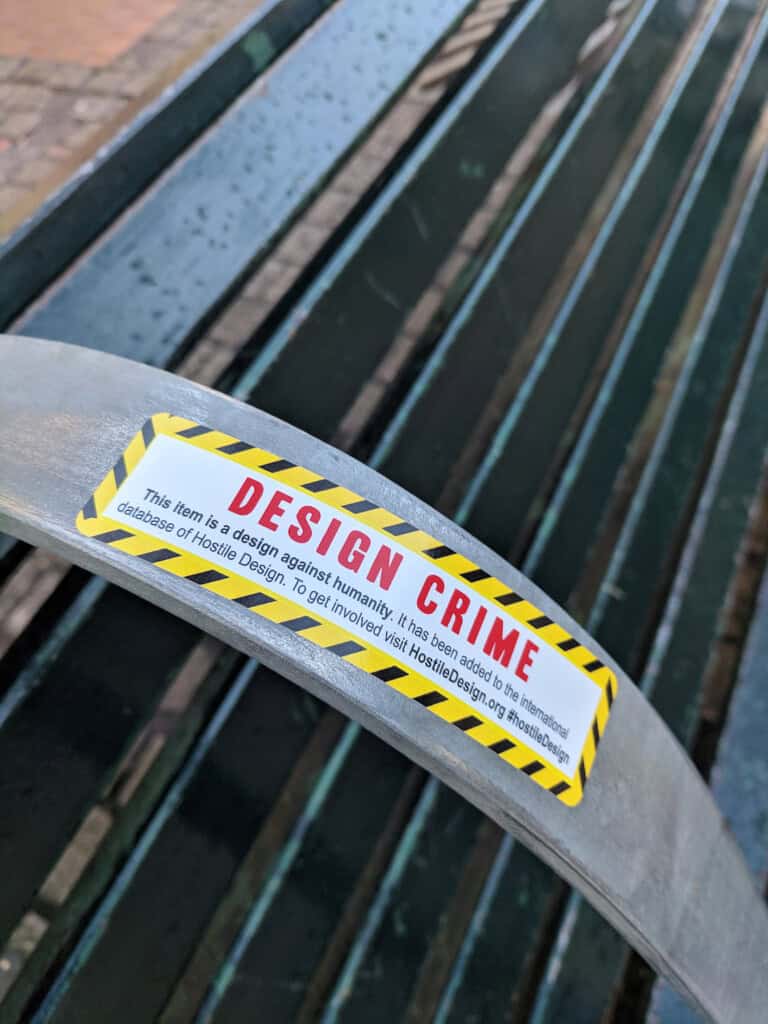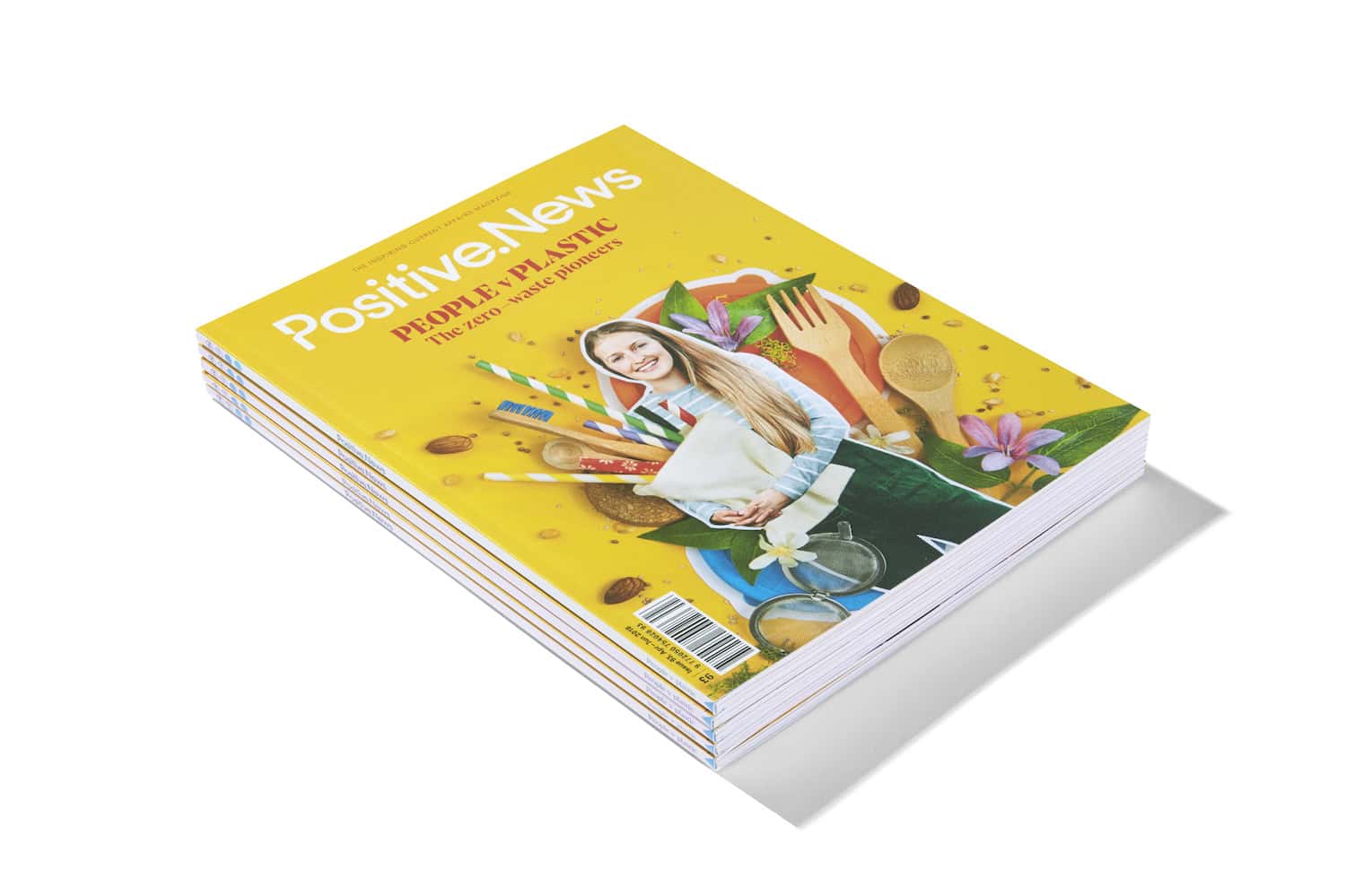We meet the artist who has launched a website allowing members of the public around the world to name and shame local authorities and urban planners who commission pieces of ‘hostile design’
When artist Stuart Semple shared a photo on Facebook of a bench in Bournemouth, he never imagined more than a million people would see it within 24 hours. Nor did he expect these strangers to share his disgust at the metal bar that divided the bench in two, making it impossible for homeless people to sleep there. “I didn’t expect everybody to get it, but they did,” he said – still sounding surprised. “Everyone was passionate about it.”
Inspired by the overwhelming response, Semple decided to challenge what he called a “design crime against humanity”, calling in other artists to help decorate the town’s public benches in a “loving way”. The action was reported extensively in local media and that night, after dark, council contractors quietly removed the bars. “It was great to prove that we could actually change things,” Semple said.
Be informed. Be inspired.
Subscribe to Positive News magazine
Since then he has taken his campaign against ‘hostile design’ global, targeting public furniture that is “designed specifically to control or harm a human”, be it spikes in restaurant doorways or high-frequency sounds played outside shopping centres to prevent people from congregating. “The bulk of my work is to make pieces of public art that deal with happiness and connection and bring people together,” he said. “Hostile design is the antithesis of everything I stand for.”
The first step to ending this sort of design, Semple suggests, is to make people aware of examples near them. “When people see it, it starts to change.”
Hostile design is the antithesis of everything I stand for
Through his website hostiledesign.org, he is giving away packs of stickers and asking people to label offending objects, before posting photos to social media using the #hostiledesign hashtag. Semple’s team then adds the images to an ‘offences’ archive, building a database of design crimes and, with it, a global movement.

One of Semple’s ‘design crime’ stickers. Image: Stuart Semple
It appears to be striking a nerve. “I’m having more and more contact from people all over the world, telling me what’s happening in their community,” said Semple. We’re approaching a turning point, he thinks. “It’s got to a stage now where hostile design has stopped being insidious and it’s now overt. It is time we do something about it.”
He hopes that by embarrassing those in power – “making it a real faux pas to spend public money on hostile design” – we can encourage politicians and town planners to make socially conscious choices. “Public furniture should be inviting, it should be inclusive,” he said.

An offending bench transformed into a ‘love bench’. Image: Stuart Semple
“Good public furniture should actually bring people together and start conversation. It should help people feel wanted.”
Featured image: Semple at work in his studio, photographed by Nadia Amura
This article is featured in issue 93 of Positive News magazine.
Subscribe now to get the magazine delivered to your door each quarter.

